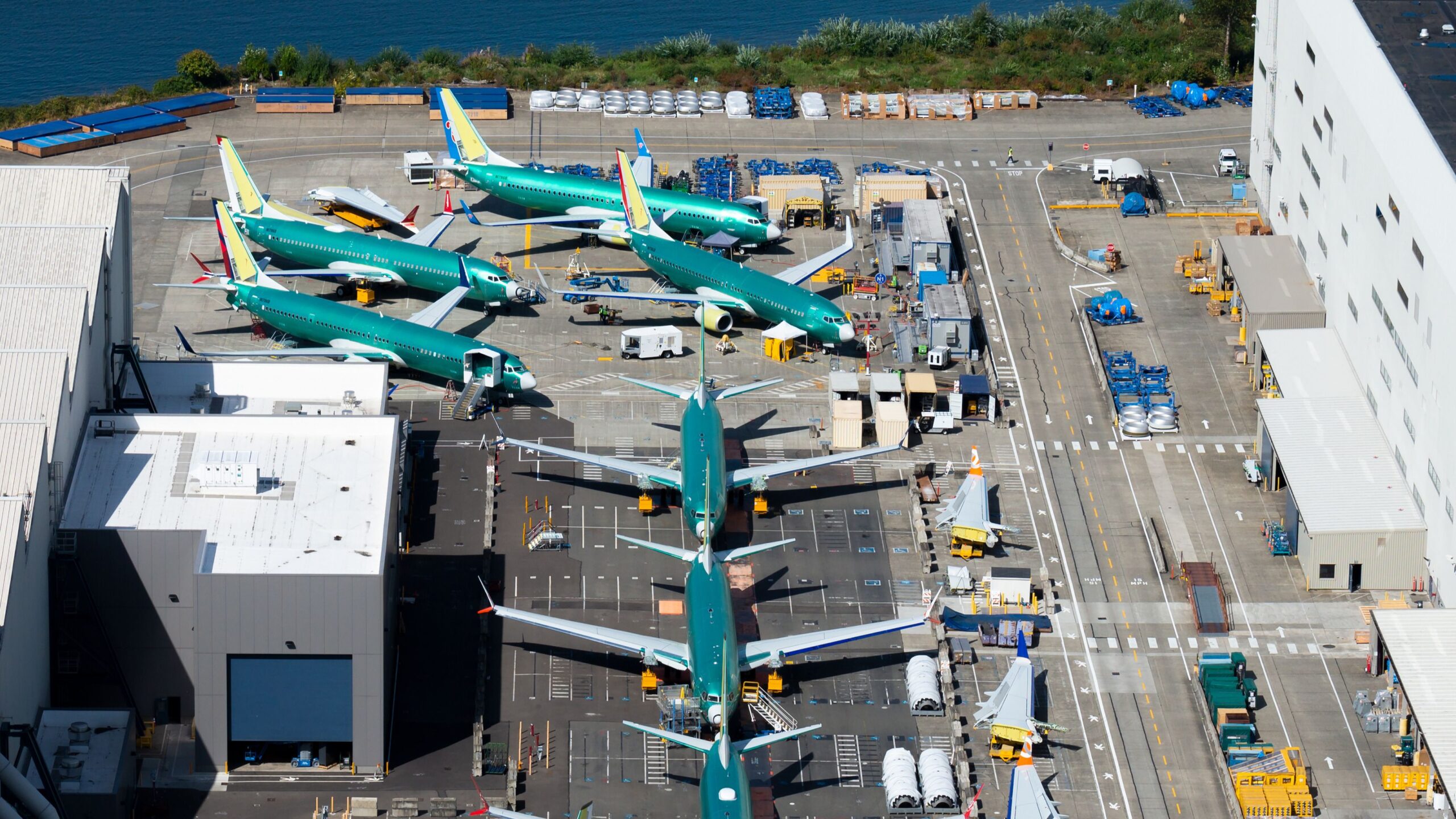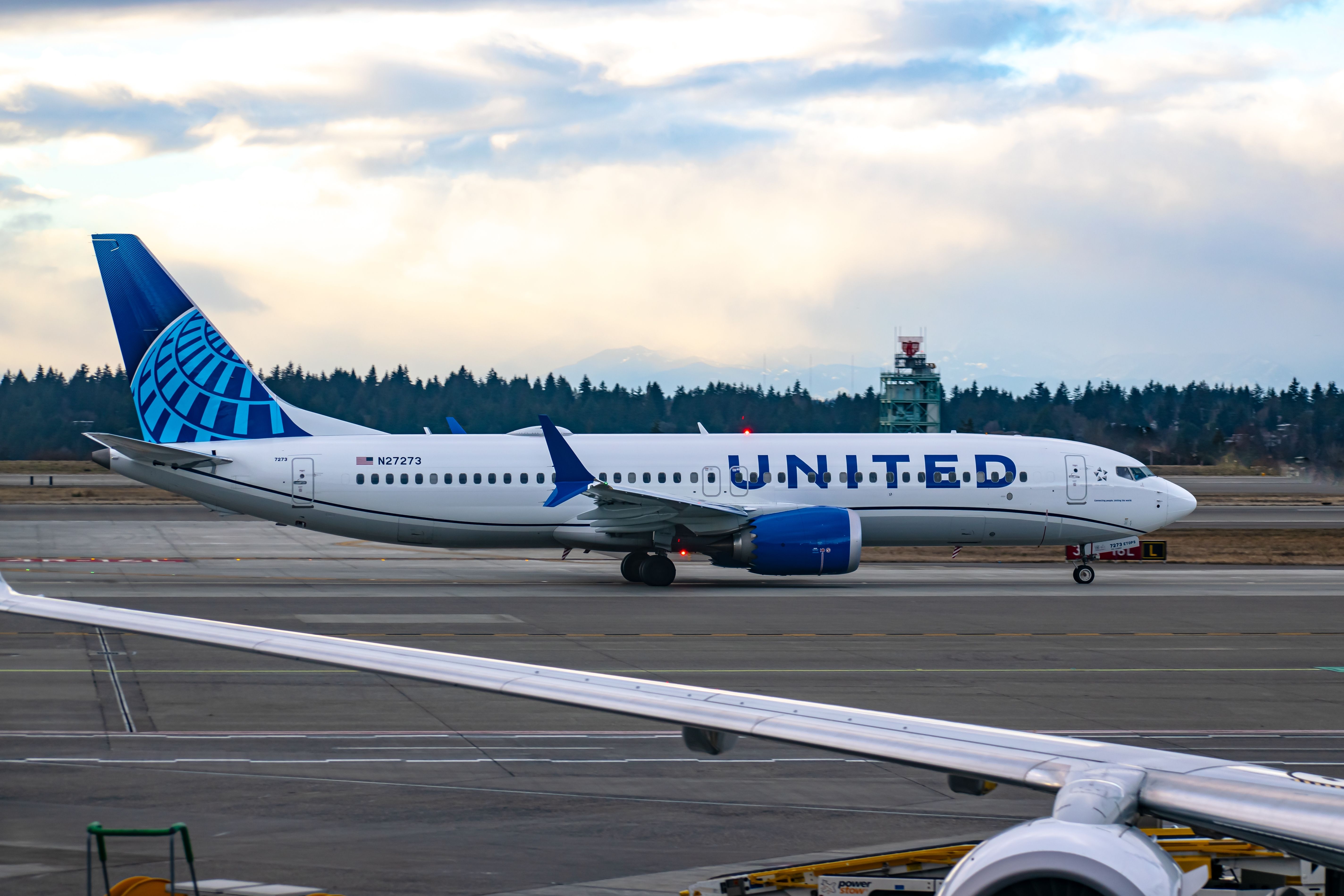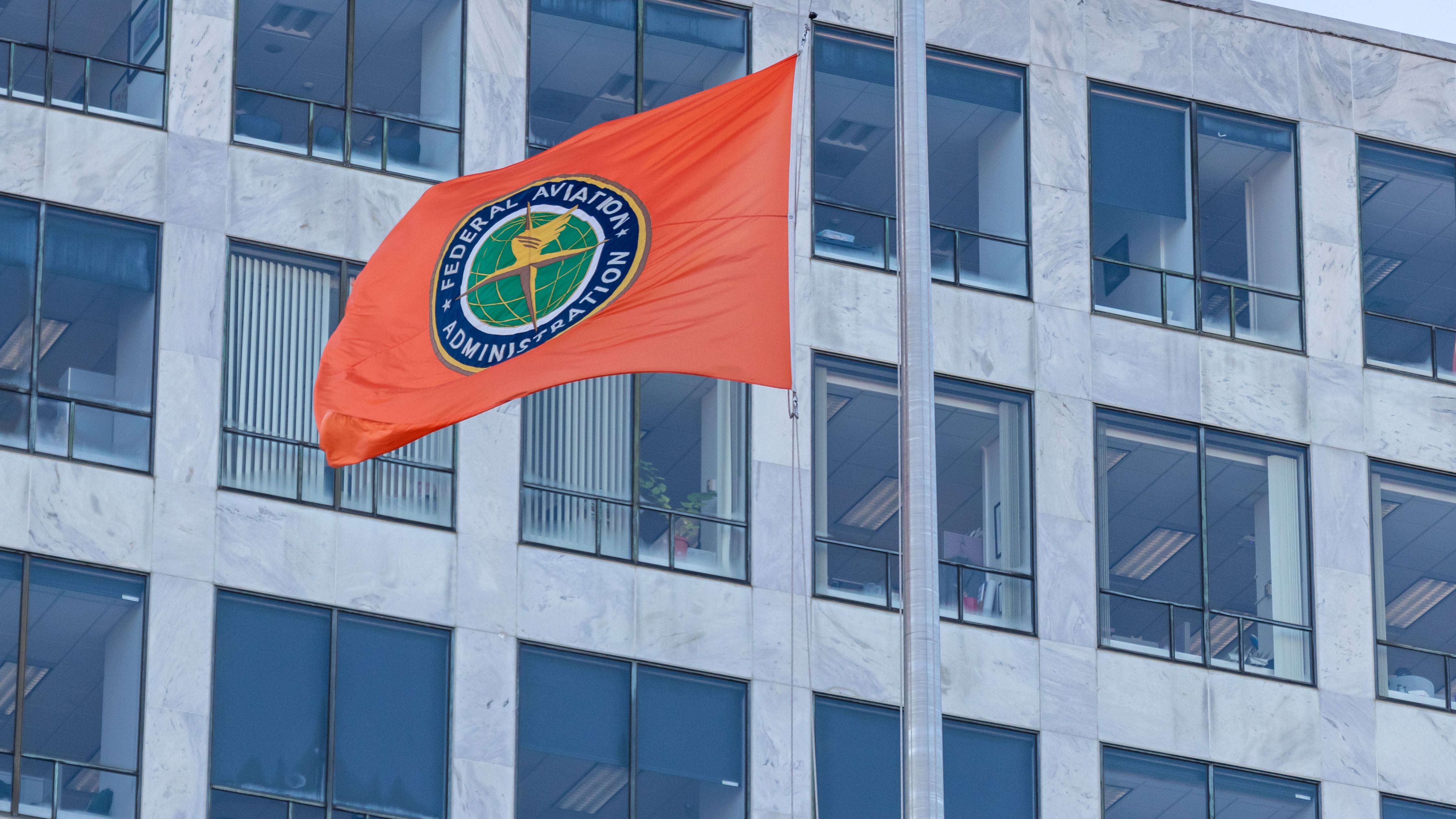According to the U.S. National Transportation Safety Board
(NTSB), more than 40 foreign aircraft operators of the popular Boeing 737 family of aircraft could potentially operate with unsafe rudder components. The NTSB has now issued urgent safety recommendations for the potential of a jammed rudder control following an incident this past February that involved a ![]() United Airlines
United Airlines
flight.
40 foreign and at least 16 US carriers in jeopardy
Also disclosed on Monday was that two foreign operators also experienced similar incidents involving the rollout guidance actuators. There is a high possibility that other airlines could be in jeopardy and unaware of these concerning actuators fixed to Boeing 737
aircraft. According to the NTSB, up to 271 impact parts will be installed on aircraft operated by at least 40 foreign carriers and 16 within the United States registered aircraft.
Photo: Jon Tetzlaff | Shutterstock
The actuator is part of an optional autoland system. As a result, it doesn’t affect most 737 aircraft. However, these components are present on both older 737 Next Generation and early MAX models, as they share the same rudder system. When the moisture in the actuator freezes, it prevents both pilots from controlling the rudder.
Following an incident that happened in newark, there were issues with the rudder pedals on the United Airlines Boeing 737 MAX 8, where they became stuck in the neutral position upon landing at the busy Newark Liberty International Airport
(EWR). Fortunately for the 161 passengers and crew onboard, there were no reported injuries and everyone was able to disembark the aircraft safely. The incident that happened on this flight, the rudder controls were non-responsive during the landing rollout phase, which resulted in the Captain keeping the aircraft on centerline using the nosewheel steering tiller. Shortly after, the controls worked as intended.
Urgent safety recommendation report
NTSB Chair Jennifer Homendy stressed in a Reuters report that she was concerned the Federal Aviation Administration had not taken the issue more seriously following recent incidents and only took action once an urgent safety recommendation report was issued. Noting:
“I am disappointed that it does not appear that the FAA has initiated urgent actions to address the risk of jammed rudder controls in the 6 months since our preliminary report on this incident was issued.”
Photo: The Bold Bureau | Shutterstock
The FAA, however, has fought back, noting that it has scheduled additional simulator testing and that the FAA corrective action review board has met and is moving quickly to work with all affected civil aviation authorities.
United Airlines has removed all faulty actuators
Star Alliance member United Airline noted that the concerning rudder control parts were only installed in nine of its 737 fleet. However, all faulty components had been removed earlier this year. While the NTSB has reaffirmed that no 737s in the US are operating with affected actuators, some have been installed on 737 MAX and prior-generation 737 NGs that can include an optional landing system. Boeing has also confirmed it has advised all affected parties.



